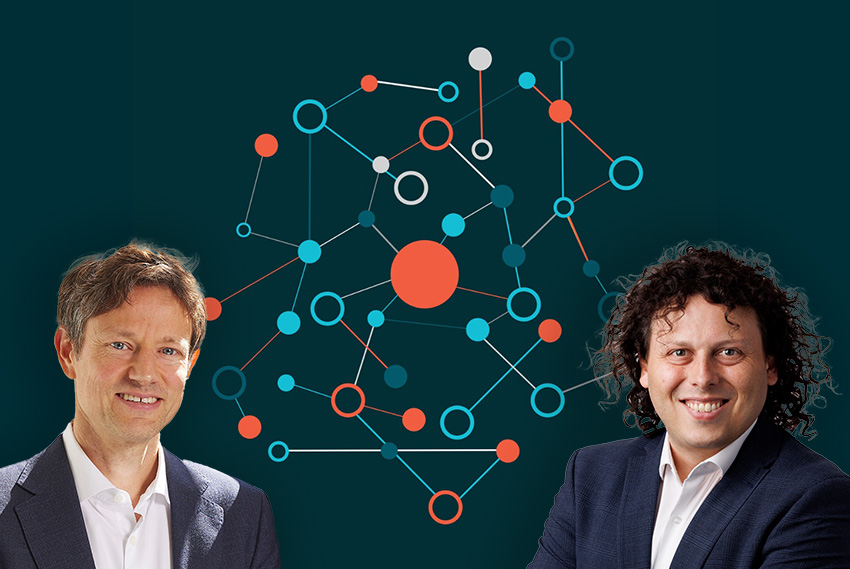Precision-targeting may be seductive but comes with limitations. Here’s how agencies and brands can navigate the shifting sands of data-driven marketing.
One year on from our book, we now have more case studies that show being sustainable increases competitiveness, future-proofs business, engage new customers and attracts the best talent.
Alongside Radiocentre’s new research, Bauer urged the industry to focus on trusted media, agencies discussed integrating audio into media plans and System1 explored creative consistency.
From the high court overturning its rulings on two GB News shows to the start of its enforcement of the Online Safety Act, Ofcom finds itself defining or refining where media balance should lie in an increasing contentious age.
The earliest that DTT will be retired is 2034. Given the risks involved, the industry and consumers need clarity over its future. Decisions need to be taken and plans put in place to ensure no-one is left behind.
Pressure contributes to stress, burnout and anxiety. It’s up to us to support ourselves and our teams with strategies to ease the effects of it on our mental wellness.
There is a risk that the automated, AI-led black-box systems touted by holding companies and platforms would be no more successful than their predecessors. I propose an alternative.
While many would say the current remuneration model isn’t fit for purpose, we can’t seem to agree on what that “purpose” is.
Advertisers are busy chasing the Gen Z dream, while one of our largest — and most dynamic — audience segments is relegated to the background. If Hollywood can celebrate ageing, why can’t we?
Not all impressions are equal and different touchpoints generate varying levels of effectiveness. But how often do brands take all of these factors into account? This is where super touchpoint planning comes in.
Stop treating social as an add-on to your TV or digital OOH campaign. Not only should social be part of a brand’s strategy, it should be the strategy.









